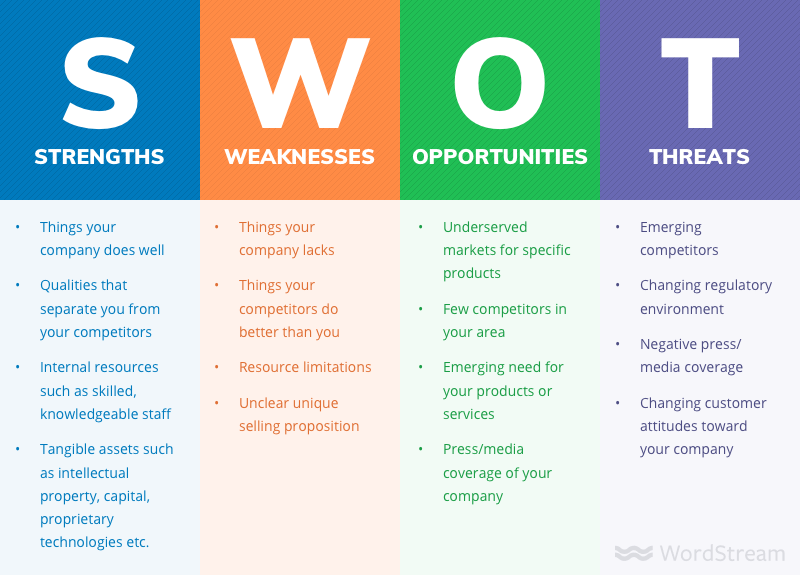In our previous module, we journeyed through the realm of business expansion, touching upon pivotal elements such as establishing a formidable client base, refining your service offerings, scaling operations, and managing finances astutely.
As we continue to navigate the complex business lifecycle, it’s time to delve into a topic often shrouded in discomfort but indisputably crucial to your journey as an entrepreneur: embracing setbacks and learning from them.
It’s All About Perception
Setbacks are often perceived negatively; they’re synonymous with failure, disappointment, and loss. But in the entrepreneurial world, setbacks are a natural part of the business landscape. Every successful entrepreneur has encountered numerous obstacles and has had to learn to bounce back from them. Setbacks come in various forms:
- An unsuccessful project
- A lost client
- An ill-timed investment
It’s not so much the setback itself, rather how we react and learn from it that truly matters. The first step towards learning from setbacks is to reframe them. Instead of viewing setbacks as failures, view them as opportunities for growth, learning, and improvement. It’s through these challenges that we gain the most valuable insights into our business operations and ourselves as leaders.
Fostering Resilience in the Face of Adversity
The ability to keep going in the face of adversity, to not let setbacks derail your vision, is a trait commonly known as resilience. Here are a few ways to foster resilience:
- Cultivate a growth mindset.
- Embrace challenges as opportunities.
- Accept that setbacks are a part of the journey to success.
Building resilience starts with cultivating a growth mindset. This involves viewing challenges as opportunities to grow rather than as insurmountable obstacles. When you develop a growth mindset, you embrace the process of learning and view setbacks as necessary stepping stones on your path to success.
Analyzing Setbacks
Upon experiencing a setback, the immediate response is often emotional. However, it’s critical to put emotions aside and carry out a thorough analysis of the situation. Here are a few questions that can guide your analysis:
- What went wrong?
- Why did it happen?
- What could have been done differently?
One method of analyzing a setback is by conducting a SWOT analysis (Strengths, Weaknesses, Opportunities, and Threats). By applying this framework, you can gain a more comprehensive understanding of the setback within the wider context of your business, which can be invaluable in formulating your next steps.

The Art of Bouncing Back
Once you’ve analyzed the situation, it’s time to take those insights and use them to improve. This might involve:
- Upskilling in certain areas
- Refining your product or service offerings
- Reshaping your business strategy
- Redefining your target market
Documenting these lessons is crucial for your ongoing development and success. This could take the form of a “lessons learned” document or even a more informal journal. Whatever the method, the important thing is to have a record that you can refer back to, helping to guide future decisions and prevent the repetition of past mistakes.
Feedback and Advice
External viewpoints can often shed new light on a situation, especially when you’re too close to it. This is where mentors, industry peers, and even clients can be invaluable. They can provide different perspectives, offering insights that may not have been apparent to you. Here are a few sources of external insight:
- Mentors
- Industry peers
- Clients
Clients, in particular, can provide firsthand feedback on your services or products. Constructive criticism from your clients can guide improvements, while positive feedback can reaffirm your strengths and highlight areas to build upon.
Mitigating Future Setbacks
Part of learning from setbacks involves planning to mitigate future risks. A solid risk management plan outlines potential risks, their impact, and strategies to manage them. This might involve:
- Financial risks, such as managing cash flow or investment decisions
- Operational risks, such as service delivery or system failures
- Strategic risks, like changes in market trends or competitive landscapes
By anticipating potential setbacks and having a plan to manage them, you can build a stronger, more resilient business.
Marching Forward with Confidence
Having navigated through the setback, analyzed it, learned from it, and devised a plan for the future, the final step is to move forward with renewed confidence. This is not a blind confidence, but one built on the understanding that you’ve faced adversity, learned valuable lessons, and are better equipped for future challenges.
In conclusion, setbacks are an inevitable part of the entrepreneurial journey. But with a reframed perspective, a resilient mindset, a thorough analysis, learned adaptations, useful feedback, and a robust risk management plan, you can turn these setbacks into opportunities for learning and growth.
In the next module, we’ll explore the importance of continual evolution and innovation in your consulting business. Stay tuned!

